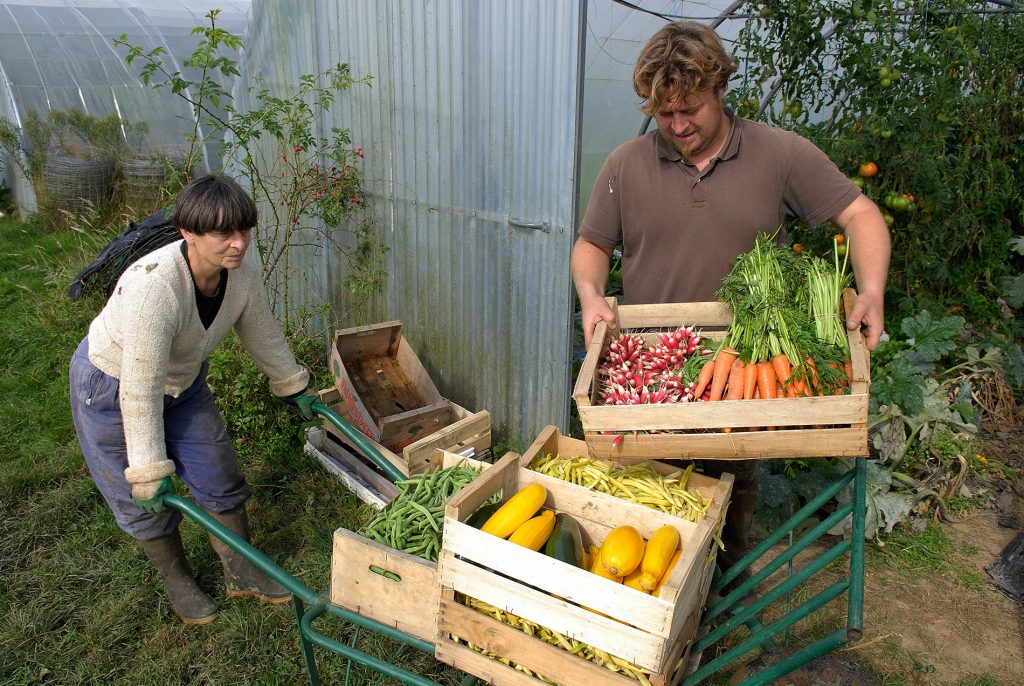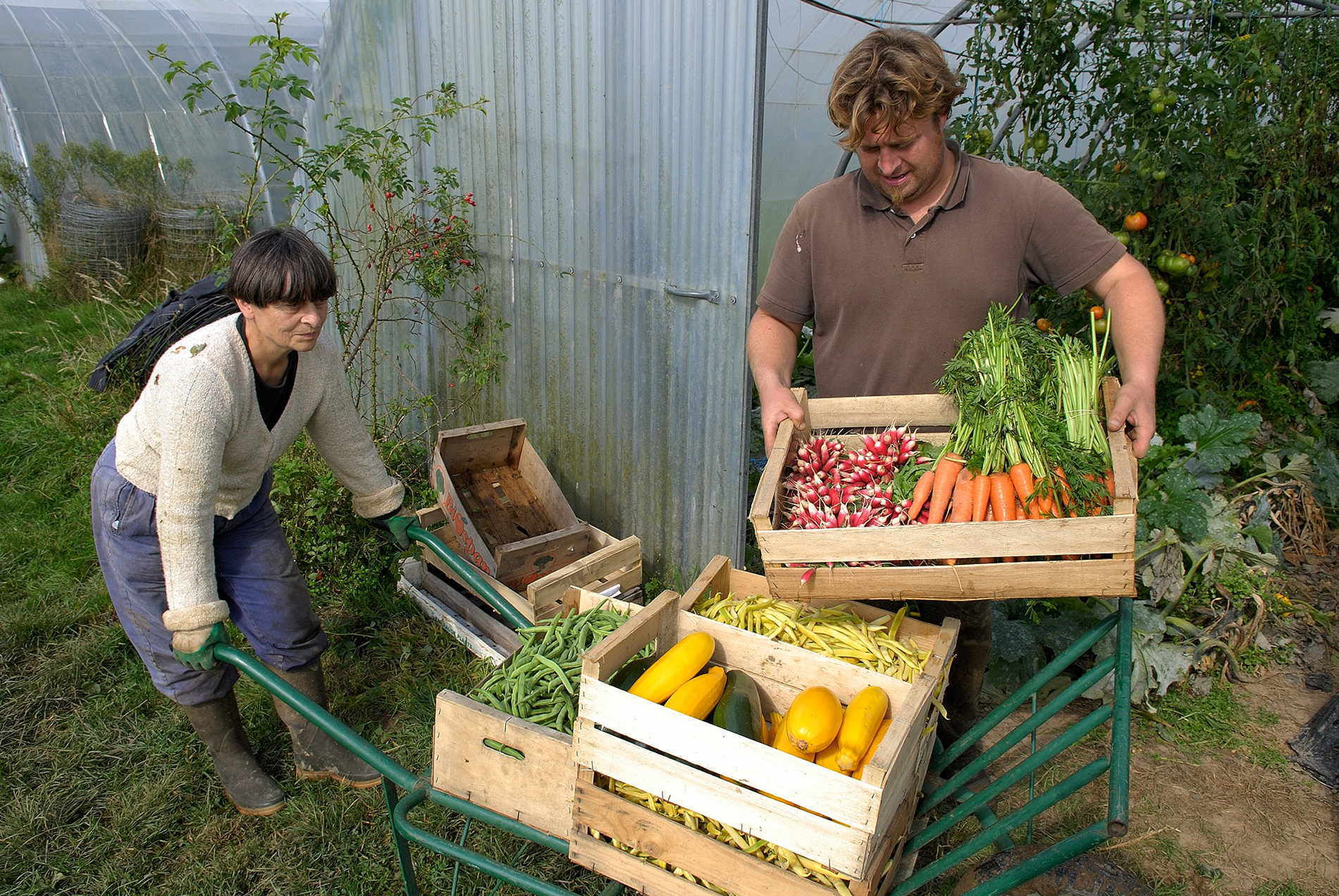EU study shows benefits of ambitious green farming requirements
The behavioural science study found that the more mandatory requirements placed on farmers, the less likely they are to make additional voluntary contributions. However, if the mandatory requirements are ambitious enough, the positive impact on the environment more than offsets the drop in voluntary actions.
In the EU, farmers receive support to safeguard their activities and promote food security and sustainable farming, through the common agricultural policy (CAP). This includes financial support to farmers who adopt or maintain farming practices that help meet environmental and climate goals.
The JRC study explores the conditions under which farmers are more or less likely to decide to adopt voluntary environmentally friendly farming practices in addition to mandatory ones. For voluntary practices, the higher the level of direct payments farmers receive, the more likely they are to take up such green activities.
These new behavioural insights help enhance the knowledge base, which in turn helps design policies that maximise the impact of the payments they receive on the positive contribution of farmers to the environment. For example, in the provisional political agreement on the new CAP, EU Member States are asked to prepare strategic plans to implement the policy over the next five years. Behavioural insights are one tool that can help them do that effectively.
How the behavioural experiment was run:
600 farmers from across three EU countries were split into two groups:
- In Group 1, the aim was to assess the impact of different levels of mandatory contributions on the voluntary contributions made to the environment, and
- In Group 2, the aim was to assess the impact of different levels of income through direct payments.




